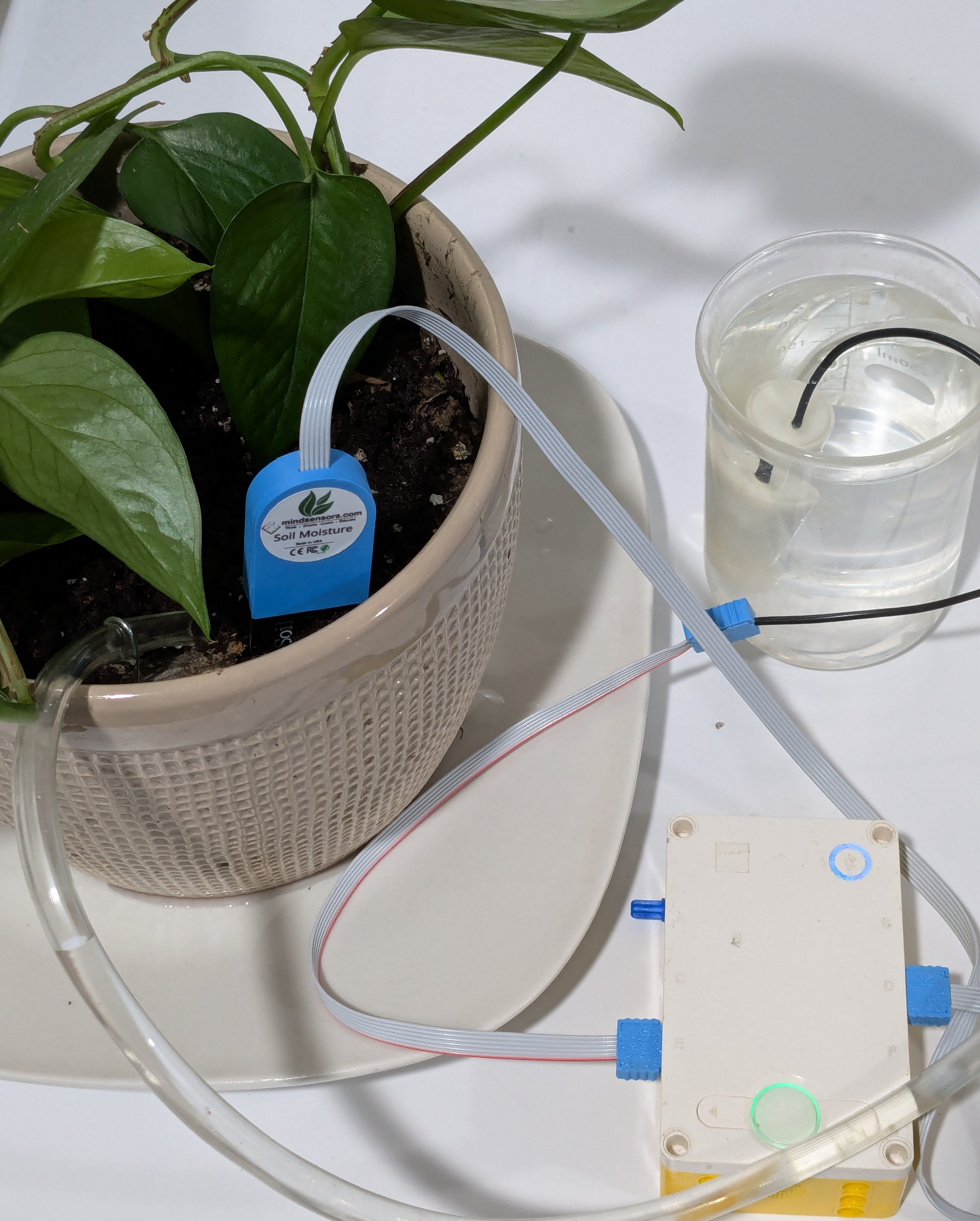Keeping plants healthy isn’t just about giving them water — it’s about giving them the right amount at the right...
Latest posts
-
 How to Measure Soil Moisture and Use It in Automatic Plant Watering Systemsread more
How to Measure Soil Moisture and Use It in Automatic Plant Watering Systemsread more -
 USB Driver installation instructions for NXTCam-v503/07/2024read more
USB Driver installation instructions for NXTCam-v503/07/2024read moreUSB Driver installation instructions for NXTCam-v5
-
 How to attach rechargeable battery to PiStorms12/07/2023read more
How to attach rechargeable battery to PiStorms12/07/2023read moreHow to attach rechargeable battery to PiStorms
-
 Connect to Wi-Fi Directly from PiStorms!12/02/2017read more
Connect to Wi-Fi Directly from PiStorms!12/02/2017read moreConnect your Raspberry Pi to a Wi-Fi network directly from PiStorms!
-
 Image Recognition Robot with PiStorms and Pi Camera12/02/2017read more
Image Recognition Robot with PiStorms and Pi Camera12/02/2017read moreImage Recognition Robot with PiStorms and Pi Camera
-

-
 Rotary Inverted Pendulum with PF-XL Motor and GlideWheel-M12/13/2016read more
Rotary Inverted Pendulum with PF-XL Motor and GlideWheel-M12/13/2016read moreRotary Inverted Pendulum with PF-XL Motor and GlideWheel-M
-

-
 Make Your Own Obstacle Avoidance Robot with SumoEyes12/13/2016read more
Make Your Own Obstacle Avoidance Robot with SumoEyes12/13/2016read moreMake Your Own Obstacle Avoidance Robot with SumoEyes
-

Blog categories
Search in blog

Motor Control - Brake vs. Float
Introduction
Any time you are running a motor you want to be able to stop it. There are two traditional ways of stopping a motor; brake and float. The end result is basically the same but it is how the motor is stopped that is the difference. I will diagnose the differences and provide you with a better understanding of how to get your motors to stop best for your situation.
Float
When a motor is stopped using the float method, power is simply removed from the motor. The will slowly come a complete stop. Once stopped, the motor can normally be turned easily with the only resistance coming from friction inside the motor or gears. This method is to be used when precision is not a necessity.
Brake
When a motor is stopped using the brake method, power is quickly reversed and the motor will stop abruptly. Once stopped the motor enter either a float state or a hold state depending on the motor control device and the software. Many of the motor control options from mindsensors.com will allow to brake or brake hold. If the brake hold method is used the motor will stop abruptly and hold that position. Even if you are able to move the motor slightly, the motor will quickly move backed to its original stopped position. Brake methods can be used anytime, but especially if precision is expected.
Remember
It is important to remember the properties of the programming language, environment, motor controller, and or motor controller libraries. Some allow for proper timing of each function and will handle each command, then move to the next command. Keep in mind all are not like this. It may take a few milliseconds for a function to run, send the command to the motor controller, and physically execute the operation. In some scenarios, if you brake the motor for precision and immediately run a float command, the motor float command will overwrite brake command too fast to execute the brake and you will not achieve the desired precision. This can happen even if the float command is not in the same function. This usually occurs is fail safe stops and exit codes.
Related posts
-
 Line Following Robot with LightSensorArray or LineLeader
Line Following Robot with LightSensorArray or LineLeaderread more
Line Following Robot with LightSensorArray or LineLeader
Line Following Robot with LightSensorArray or LineLeaderread more -
 Attach Mulitple Sensors to a Single EV3 Port
EV3 Sensor Adapter with SPLIT-Nxread more
Attach Mulitple Sensors to a Single EV3 Port
EV3 Sensor Adapter with SPLIT-Nxread more -
 Line Tracking Experiments with NXTCam
Posted in: NXT & EV312/02/2015Line Tracking Experiments with NXTCamread more
Line Tracking Experiments with NXTCam
Posted in: NXT & EV312/02/2015Line Tracking Experiments with NXTCamread more -
 Vision for your PiStorms Robot using Pi Camera!
Vision for your PiStorms Robot using Pi Camera!read more
Vision for your PiStorms Robot using Pi Camera!
Vision for your PiStorms Robot using Pi Camera!read more -
 How to install OpenCV on Raspberry Pi and do Face Tracking
How to install OpenCV on Raspberry Pi and do Face Trackingread more
How to install OpenCV on Raspberry Pi and do Face Tracking
How to install OpenCV on Raspberry Pi and do Face Trackingread more

Leave a comment